The best soil for spider plants is a well-draining mix that can still hold sufficient moisture. The plant thrives in slightly acidic soil with a pH ranging between 6.0 and 7.0.
General-purpose potting mixes available in the market will typically be enough to grow a healthy spider plant. However, there are times when you may need to make adjustments to match the plant’s specific needs.
In this guide, we’ll provide a more thorough discussion of everything you need to know about the soil mixes you can use for your spider plant: from the considerations and components of the soil to the recipes of the ideal mixes!
Things to Consider When Choosing Soil for Spider Plant
Drainage
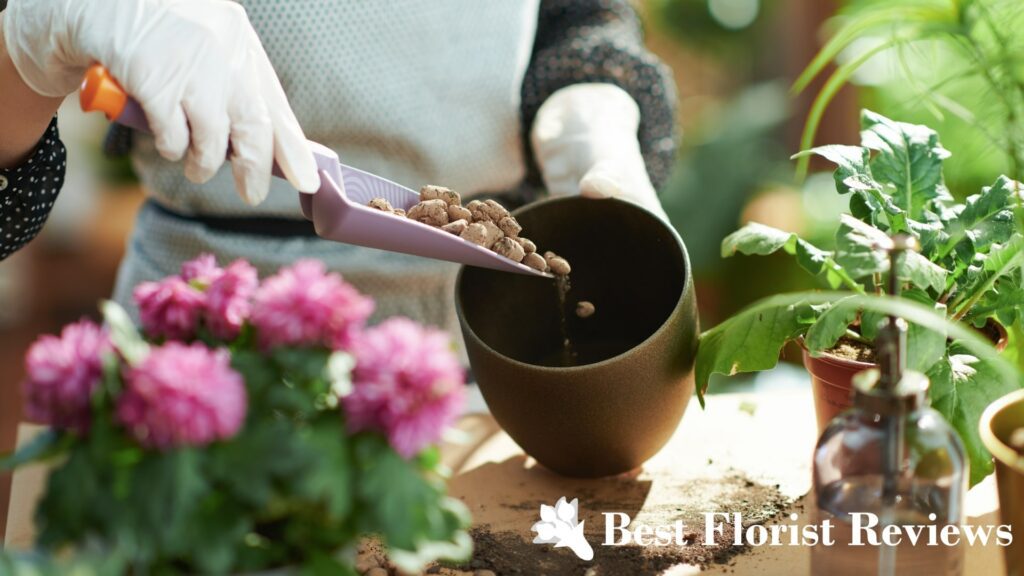

Excellent drainage is one of the most important considerations when choosing soil for almost every houseplant, including spider plants.
While it’s important that the soil can hold moisture, it’s equally important that there’s not an excessive amount of water in the soil to avoid waterlogged conditions. The soil should be able to drain excess water that the spider plant won’t need.
If the water continues to accumulate on the plant’s root ball, there’s a high chance that the roots will start rotting. It can also lead to root suffocation, which can hinder the plant’s growth and eventually cause its death.
Moisture Retention
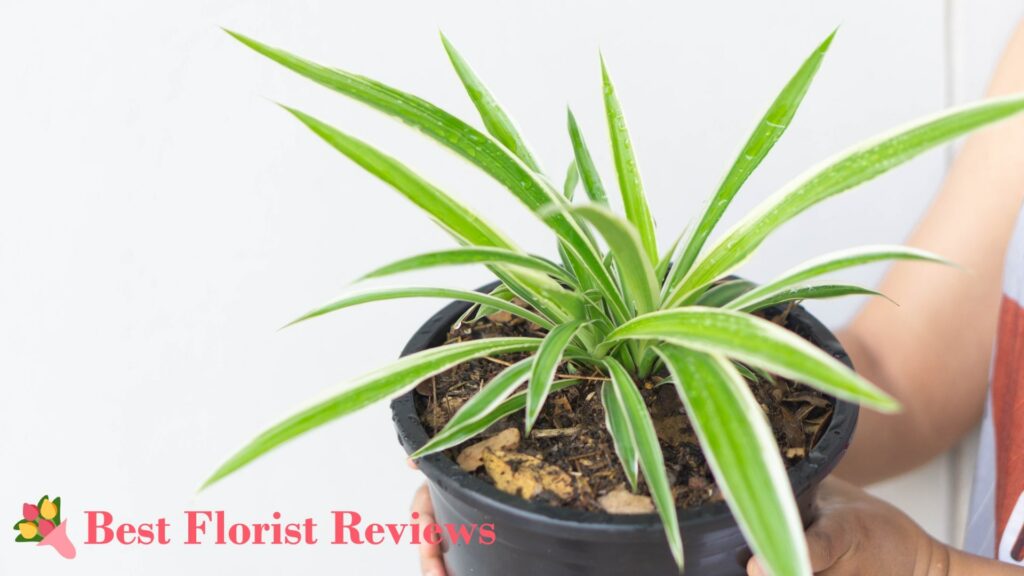

Like all plants, spider plants need water for growth and survival. Hence, it’s crucial that its soil has good moisture retention to ensure that the plant’s roots can access water as needed.
Good moisture retention also helps prevent the soil from completely drying out between waterings. A consistently dry soil can stress the plant and lead to wilted leaves, so the soil must be consistently moist.
This may sound contradictory to what we said about good drainage, but it’s actually not. You should be able to find a balance between these two and provide your plant with enough moisture to keep the soil consistently moist but not waterlogged.
Aeration
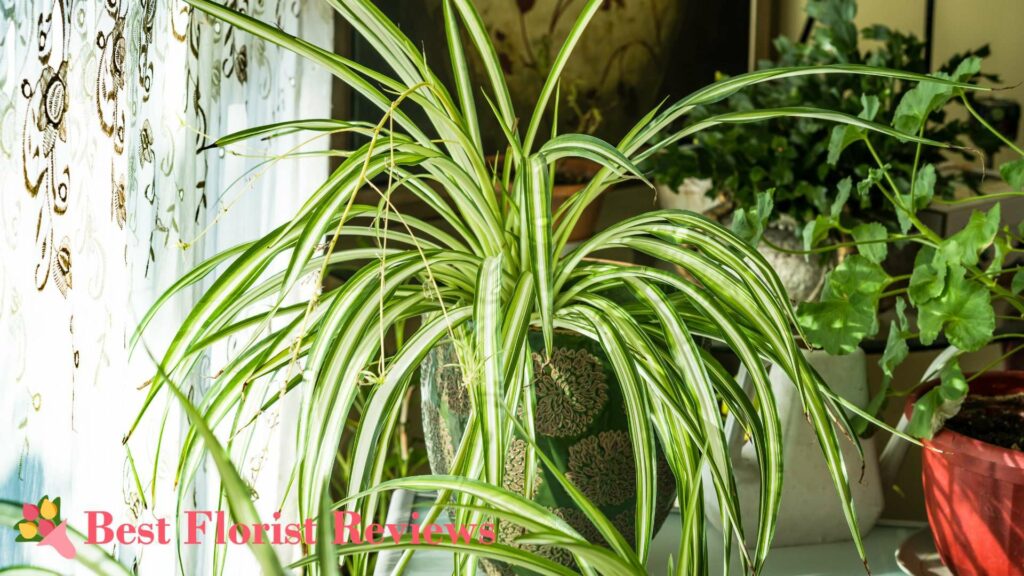

Just like humans, plants also need oxygen to function properly. It’s an essential element that the roots need to convert nutrients into energy and support the plant’s overall growth.
The soil should be porous enough to let sufficient amounts of oxygen reach the roots. This will prevent root suffocation and allow for better nutrient absorption, leading to a healthier spider plant.
Good aeration often goes hand in hand with good drainage. Well-aerated soil tends to be well-draining, preventing water from pooling around the roots and reducing the risk of root rot.
pH Level
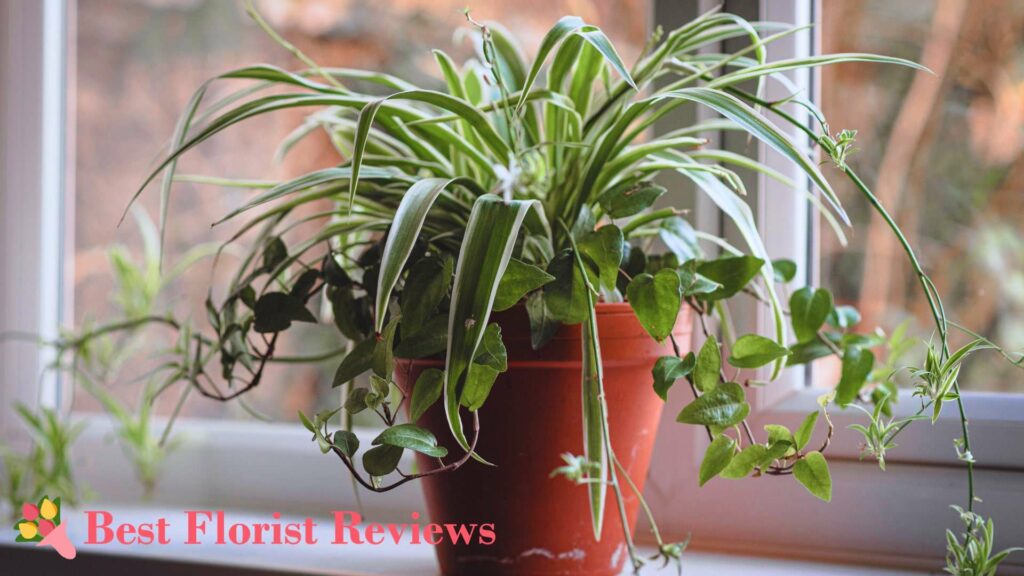

Spider plants typically thrive in soil with a slightly acidic pH, ranging between 6.0 and 7.0. This range provides an environment that allows the spider plant to efficiently and effectively uptake essential nutrients.
It’s crucial that you maintain a correct pH level because it influences nutrient availability. In soils with a pH that’s too extreme, either too acidic or too alkaline, certain nutrients may become less available to the plant, which can lead to nutrient deficiency.
For example, an extremely acidic soil typically has less amount of phosphorus; the said mineral helps the plant convert the sun’s energy into food. On the other hand, an extremely alkaline soil can cause zinc deficiency in the plant, causing stunted growth.
Nutrient Content
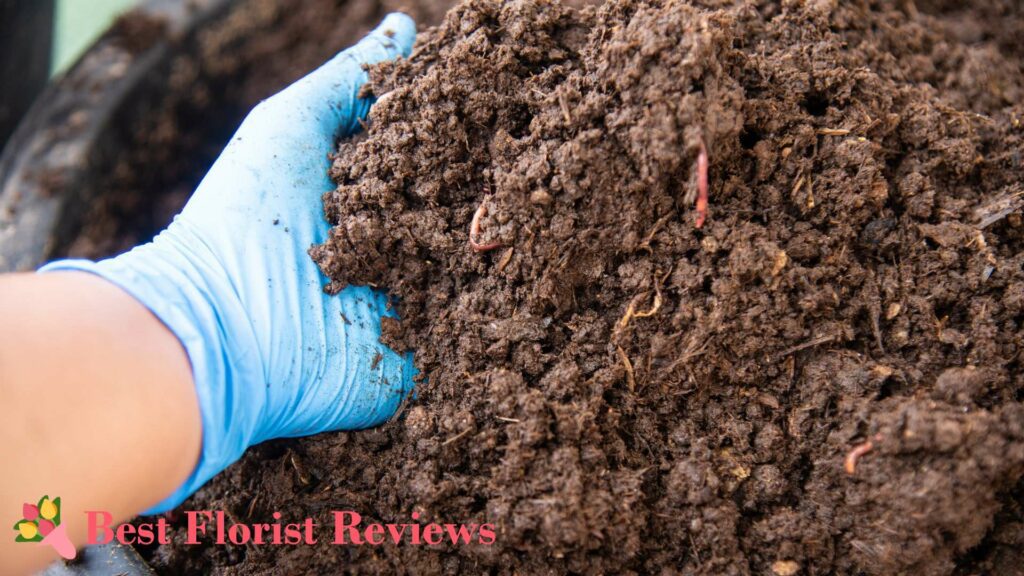

Spider plants are not heavy feeders and generally don’t need excessively nutrient-rich soil. That said, they can still benefit from a consistent supply of nutrients.
High-nutrient soils can encourage lush foliage growth but may lead to imbalances and impair the plant’s ability to flower and produce pups. A balanced, moderately fertile soil is ideal since it encourages overall healthy growth.
You can fertilize the soil monthly with any balanced, all-purpose houseplant fertilizer or compost. Just be careful not to overdo it because a sudden increase in nutrients can burn the spider plant’s roots.
Components of a Spider Plant Soil
Coco Coir
Coco coir is known for its water-retention properties, so it can help maintain consistent moisture levels in the soil. It can hold water 10 times its weight, reducing the frequency of watering needed by your spider plant.
It also tends to break down more slowly than peat moss, which means you won’t have to repot your spider plant as frequently as you would if you’re using peat moss.
That said, if you only have peat moss at home, you can use it as a substitute. Peat moss is also excellent in retaining moisture, so it can provide the same amount of moisture as coco coir.
Perlite
Perlite creates air pockets in the soil, allowing oxygen to reach the root and excess water to drain quickly. It’s an essential soil amendment for creating a well-draining and porous mix.
Additionally, perlite is inert, meaning it doesn’t react chemically with other components in the soil mix. It’s also sterile, so there’s less risk of introducing pests, diseases, or weed seeds into your spider plant’s soil.
You can reuse it again after repotting your spider plant, and it will still improve the soil’s drainage. Just wash and sterilize it to ensure no bacteria, fungi, or pest from the previous soil is transferred to the new one.
Pine Bark
Pine bark can significantly improve the soil’s aeration and drainage, reducing the risk of overwatering and root rot. It also improves the soil structure, preventing compaction; the latter can stop the roots from developing and spreading.
It’s finer than orchid bark, so it can provide better moisture retention. It also holds moisture better than perlite or sand, making it an ideal amendment for a spider plant that requires consistently moist soil.
Pine bark also tends to be slightly acidic, which is beneficial for spider plants that prefer slightly acidic soil.
Worm Casting
Worm castings are a natural source of essential nutrients, including nitrogen, phosphorus, potassium, and micronutrients like zinc and iron. These nutrients can help your spider plant grow healthily.
They have a crumbly texture, which helps improve the soil’s drainage properties. That said, they’re also known to enhance the soil’s ability to retain moisture, which is essential for spider plants that prefer consistently moist but not waterlogged conditions.
You don’t have to add a lot of this into your potting mix since spider plants don’t need the soil to be highly nutrient-rich. A handful of worm castings is enough to provide the plant with the necessary nutrients.
Soil Mix Recipes for Spider Plant
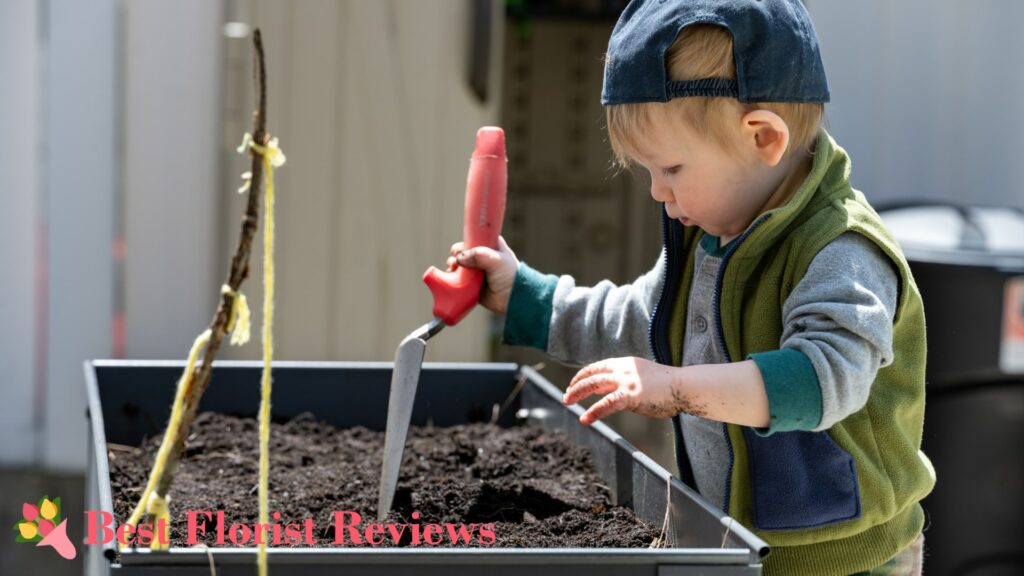

Spider plants are not very demanding when it comes to soil mixes, so almost any general-purpose houseplant potting mix can be used for them. However, you can also make your own mix at home if you want the best mix for your plant.
Here are some soil mix recipes that will work well with spider plants:
Recipe 1
- 1 part regular potting soil
- 1 part coco coir
- ¼ part perlite
- 1 part pine bark
- A small handful of worm-casting
Coco coir can help retain the necessary moisture, while perlite improves the soil’s drainage, creating an ideal growing environment for your spider plant.
Worm casting will provide the soil with the necessary nutrients, so the frequency of fertilization will likely lessen compared to other commercial mixes that don’t have much nutrients.
Add the pine bark to the bottom of the pot instead of mixing it with the other components to maximize its draining capacity.
Recipe 2
- 1 part potting soil
- 2 parts coco coir
- 1 part perlite
This recipe is best for those who don’t have access to a lot of ingredients. Coco coir will provide enough moisture for the plant, while perlite will be enough to drain away excess water.
However, you might need to use more fertilizer for this recipe during feeding since it doesn’t have compost that will provide it with nutrients.
Signs That Spider Plant Is in the Wrong Soil
Root Rot
Root rot is one of the most serious issues a spider plant can experience if planted in the wrong soil mix. It’s a fungal disease that’s often an indication that the soil isn’t draining enough water, leading to soggy growing conditions.
As root rot progresses, the affected roots become less capable of absorbing nutrients and water. This can result in stunted growth and overall poor plant health.
If your plant is suffering from root rot, trim away all the affected roots to prevent the spread of the fungus. Apply houseplant fungicide to the plant before repotting it to a new soil mix.
Yellowing or Browning Leaves
Browning and yellowing leaves are never a good sign for spider plants. This can be caused by several reasons, including unsuitable soil mix.
One of the most common causes of this is poorly aerated roots. If the soil mix isn’t allowing oxygen to reach the roots because it’s too compacted, the plant will suffer from stress, slowly killing the leaves and turning them brown or yellow.
Consider repotting your spider plant to a soil mix that provides better aeration to prevent this from happening. Adding perlite and bark into the mix can greatly help make the soil more porous.
Curling Leaves
If the soil isn’t retaining enough moisture for the plant and becomes excessively dry between waterings, your spider plant may respond by curling its leaves. This is a defense mechanism that allows the plant to conserve the little water it has.
Hence, it’s important that you choose a potting mix that can keep the soil consistently moist without making it soggy. Adding peat moss or coco coir into your soil can help you achieve this potting mix.



